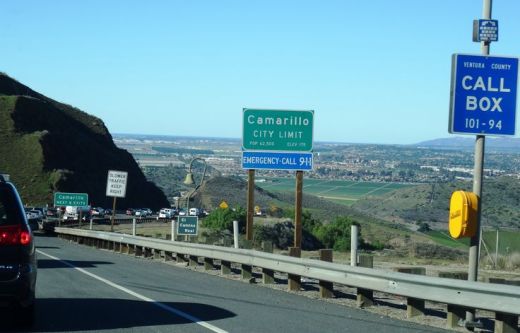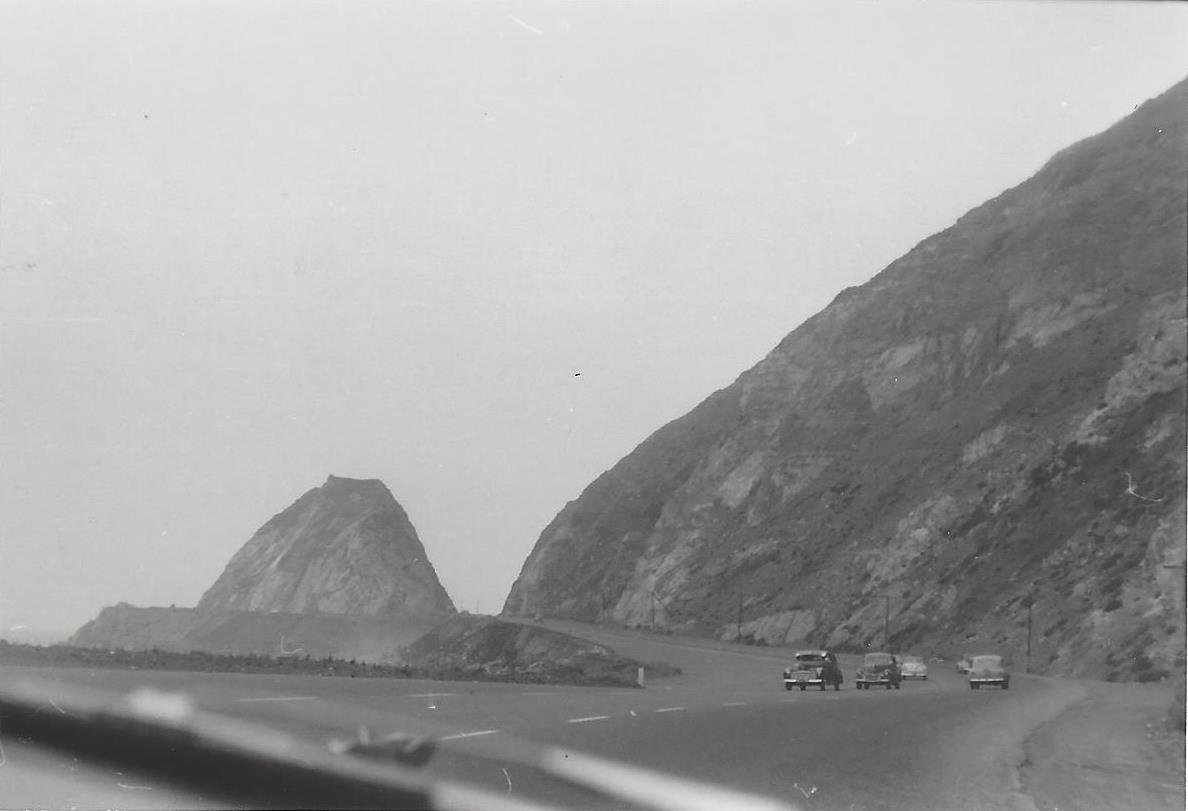Map From Westlake Master-Planned Community Brochure from 1968
/In 1968, the American-Hawaiian Land Company, a division of American-Hawaiian Steamship Company, was developing the Westlake master-planned community, "the new city in the country."
At the time, 2,500 people lived in Westlake. The Ventura County sections of Westlake were annexed into the City of Thousand Oaks in 1968 and 1972. The Los Angeles County section of Westlake was incorporated as the City of Westlake Village in 1981. Some notable items from this 1968 map from a Westlake brochure:
1. "El Conejo Blvd." was later changed to Thousand Oaks Blvd.
2. Westlake Plaza did not exist at the time, though you can see "Future Town Center."
3. What is now Westlake Village Inn, Mediterraneo and Stonehaus back then was the Westlake Motor Hotel, Westlake Inn restaurant and Chauncey's Coffee House.
4. Last, but not least, there was no Costco in the original planned community map.
More information about the City of Westlake Village boundary lines at THIS LINK.






















